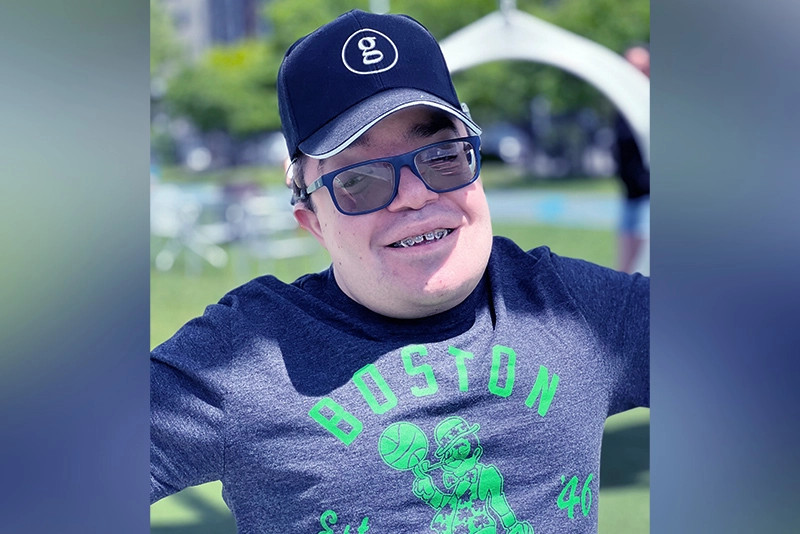Craniosynostosis | Symptoms & Causes
What are the symptoms of craniosynostosis?
Symptoms of craniosynostosis may vary, depending on which sutures in the skull are involved and how advanced the condition is when it’s diagnosed.
The most common signs of craniosynostosis include:
- an unusually shaped head or face
- asymmetrical appearance of the head or skull (one side of the face or top of the head looks different than the other side)
- an enlarged head or skull
- a bulging fontanelle (the “soft spot” at the top of a newborn’s skull)
- bulging eyes
If untreated, craniosynostosis can cause more serious symptoms in some children, including:
- developmental delays
- problems with learning, memory, speech, and communication
- visual disturbance
- severe nausea and vomiting
Are there other conditions that cause similar symptoms?
Many infant skull shape irregularities are actually due to a condition called plagiocephaly, which is caused by a baby’s position during sleep. Plagiocephaly is a common disorder and does not require surgery. Your clinician can help diagnose which condition your child has.
What are the causes of craniosynostosis?
Experts often cannot identify what causes craniosynostosis. In most cases, it appears to happen randomly. Increasingly, a genetic cause is identified.
Craniosynostosis | Diagnosis & Treatments
How is craniosynostosis diagnosed?
Many children with craniosynostosis have visible symptoms — such as a misshapen or asymmetrical head — at birth. Other times, a child’s craniosynostosis is diagnosed during a routine physical examination.
Your clinician may diagnose craniosynostosis based on his or her symptoms along with a detailed patient history and a full exam that includes a careful assessment of the shape of the skull.
In rare cases, craniosynostosis may be diagnosed before birth by a prenatal ultrasound or magnetic resonance imaging (MRI).
What tests will my child need?
To diagnose craniosynostosis, often no additional tests are needed other than assessment by an expert. Your child’s clinician may also use one or more of the following tests:
- Computed tomography (CT) scans: CT scans use x-ray equipment and powerful computers to create detailed images of the head and brain, including skull sutures and bones. This is the main test used for craniosynostosis.
- Magnetic resonance imaging (MRI): MRIs uses a combination of electromagnets and radio waves to take detailed images of the brain.
What are the treatment options for craniosynostosis?
Most, but not all, children with craniosynostosis need surgery to relieve pressure on the brain and correct the shape of the head. In some mild cases, observation might be the best treatment alternative.
Surgery for craniosynostosis often works best in children under age 1, since the bones are still soft and pliable, making them easier to move. Older babies and children can also have surgery, but it may be more complex. In rare cases, the surgery may need to be repeated over time, as the child grows.
The surgeon may use:
- minimally invasive surgery to release the sutures that are fused
- reconstructive surgery to reposition the skull bones to allow for normal growth and development
How we care for craniosynostosis
At Boston Children’s Hospital, our clinicians in Neurosurgery and Plastic Surgery have extensive experience diagnosing and treating craniosynostosis in infants and children of all ages — using minimally invasive procedures whenever possible.
Frequently asked questions
The severity of craniosynostosis can vary widely, depending on the type of craniosynostosis your child has and how many sutures are affected. The good news is that with early detection and prompt treatment, most children don’t have any significant long-term problems.
This condition affects about one in every 2,500 children.
Craniosynostosis is almost always noticeable at birth, although mild conditions may not be found until later in infancy or childhood. Physicians can sometimes detect craniosynostosis during pregnancy, but this is not common.
Craniosynostosis is often a progressive condition. This means that if it is not treated, the symptoms may get worse over time. As a result, most children with craniosynostosis need surgery to prevent problems with brain and skull growth and to correct skull deformities. Your clinician can help you decide if surgery is the right treatment for your child.


